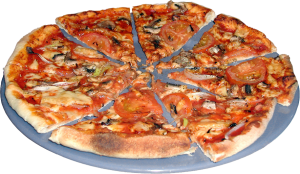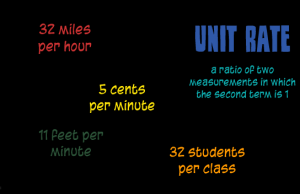

Attached is a learning progression about the ratio and proportional relationship CCSS.MATH.CONTENT.7.R.P. students expand upon their previous knowledge about ratios and develop an understanding of proportional relationships. Students use ratios to represent real world scenarios and compute unit rates in order to compare ratios with the same units. They use equations to represent and analyze proportional relationships. They also must be able to graphically represent proportional relationships and explain what each coordinate on the graph represents in terms of the scenario. Students will also have to solve multi-step ratio and percent problems. By the end of this unit students will be able to solve problems involving discounts, taxes, percentage increase and decrease, and use scale models. Throughout the learning progression there are multiple mathematical practices and visual representations to aid students with learning disabilities and different learning styles to help them achieve mathematical understanding regarding ratios and proportions.
Along with the learning progression is an kinesthetic activity that engages students in practical applications of unit rates. The problem, “A pizza with 8 slices evenly proportioned cost $14.80, what is the cost of each slice of pizza?” Will be used as the real-world situation to find the unit rate, make a table and graph to represent the data, and as information for an equation to represent the proportional relationship. Each student will make their own pizza with 8 slices evenly proportioned. Students will need to remember unit rate definition to find the unit rate and write the unit rate on each slice of pizza. Using Geogebra students will be asked to make a table and graph to represent their data. Students will be formatively assessed throughout the lesson to provide evidence to provide feedback about whether students are ready or not for the benchmark assessment that will be given the following day testing the standards gone over in this lesson. Students order pizzas and other take out food, so being able to solve this problem will be useful for them to figure out how to save money and get the better deal when ordering food. If some students do not like pizza you could give them a different type of food to peak all students interests and make it relatable to them and increase the diversity of curriculum in the classroom.
LP and lesson plan